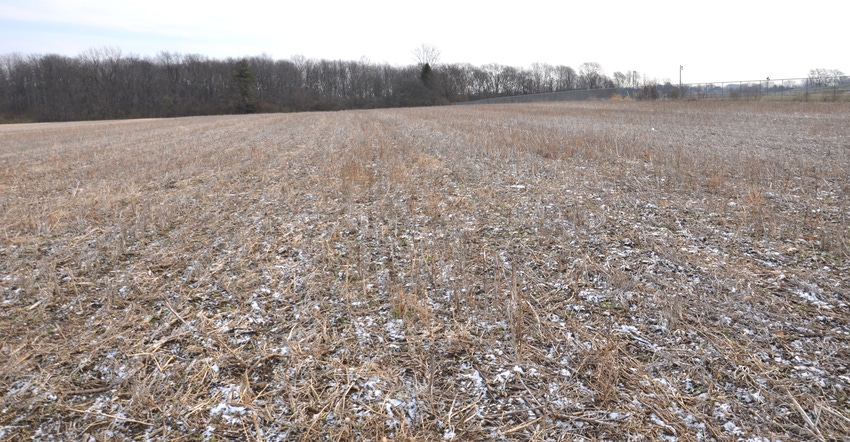
The farmer whose field is pictured here says he doesn’t care if it is used as an example if it could help someone else. The field is where the farmer started spraying one afternoon.
He was in a hurry to spray and was using a borrowed ATV sprayer. The person who used it before told him he rinsed it once. The farmer looked in the tank and saw a small amount of liquid still in the bottom. He knew he should drain it and rinse it again, but he figured there surely wasn’t enough left to hurt. He filled the sprayer with water and his chemicals. Besides, they were Xtend soybeans, so he figured they could handle it.
A few days later, the soybeans looked sicker than the weeds. Some survived but were badly stunted. Late-germinating weeds took over, and he later mowed down those few acres.
The farmer knows he made two mistakes. First, he didn’t triple-rinse the sprayer. Second, he didn’t inquire what was sprayed before. It turns out 2,4-D was in the mix. Xtend soybeans don’t tolerate 2,4-D.
His conclusion? The field is a poster child to remind everyone to read Fred Whitford’s publication on how to rinse your sprayer. Whitford is director of Purdue University Pesticide Programs. Find PPP-108, “Removing herbicide residues from agricultural spray equipment,” and dozens of other booklets at ppp.purdue.edu.
About the Author(s)
You May Also Like




